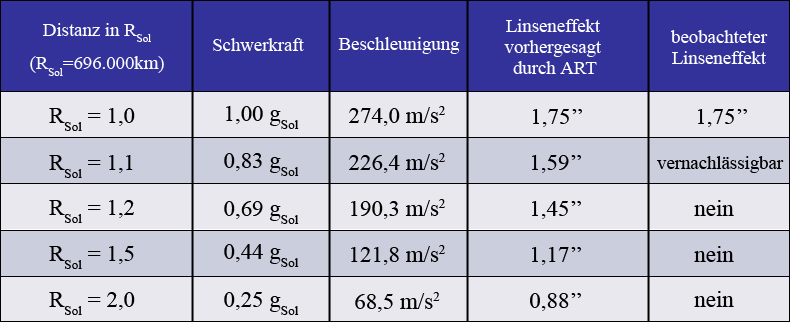The experiment of Pound and Rebka, allegedly confirming time dilation and gravitational redshift, was that photons were sent from a height of 22.5 meters to a target located at the bottom on the same vertical below the photon source. Both the emitter and the target were made of iron (isotope 57). It was believed that if the photon emitter and the target are made of the same material, then all the difference in the photon spectrum will be associated with the effects of general relativity. In the opinion of the defenders of general relativity, there are no other reasons besides the curvature of space and the slowing down of time for the loss of energy by photons in an insulated pipe. Pound and Rebka, as well as many other scientists, as it were, believed that photons are waves, it is not known in what material. According to them, photons are ejected by atoms, and thus supposedly there is a recoil, which sets the atom in motion. In their theories, the source of photons, emitting photons, begins to move in the direction opposite to the photon, because of this, a Doppler shift occurs, which will change the frequencies. To compensate for this effect, Pound decided to apply the Mössbauer effect. The crystal must become the source of the photons. Since the mass of the crystal is many orders of magnitude greater than the mass of an individual atomic nucleus, the recoil effect in this case will allegedly be absent, and the atom’s nucleus allegedly remains motionless after the emission of a photon.
All theoretical concepts of Pound and Rebka do not correspond to reality. Photons are particles of matter. Photons move particles of matter, connecting with them. Having lost a photon, a particle of matter loses its speed. In a crystal, particles of matter are in constant motion, constantly receiving and losing photons. In this case, the photons escaping from the particles of matter have a fairly wide spectrum.

The difference in frequencies emitted by the source and received by the target is not time dilation at all. Both the source and the target receive and lose a huge amount of photons moving in the surrounding world. These photons are summed and divided both in the source and in the target. That is, both the loss and receipt of photons by the source and the target has a probabilistic nature. In the course of any real experiment, a probability equal to one cannot be achieved under any conditions. By the way, the picture of the spectra in experiments similar to the experiment of Pound and Rebka will not change in any way when their device is moved from vertical to horizontal position. Gravity does not affect photons.

